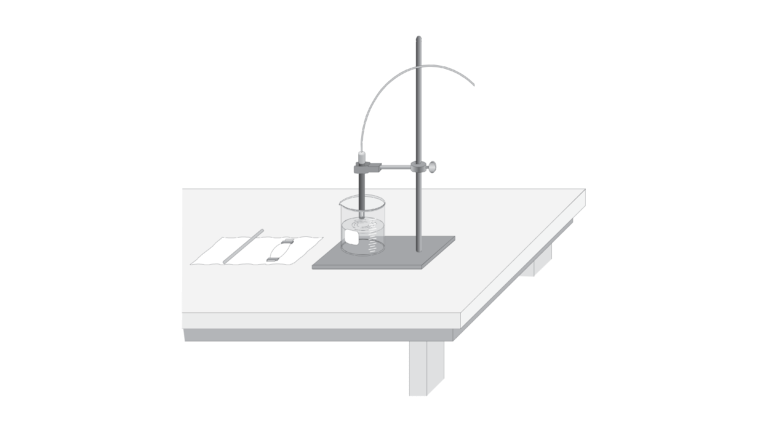
Introduction
One way to measure the rate of diffusion of ions is to monitor their concentration in solution over a period of time. Since ions are electrically charged, water solutions containing ions will conduct electricity. A Conductivity Probe is capable of monitoring ions in solution. This probe however, will not measure the amount of electrically neutral molecules dissolved in water. Salts, such as sodium chloride, produce ions when they dissolve in water. If you place a salt solution in a container such as dialysis tubing, the salt can travel through the very small holes in the tubing. When dialysis tubing containing a solution of salt ions is placed into a beaker of water, the ions can diffuse out of the tubing and into the surrounding water. In this way, you will be able to measure the diffusion of salts in a solution of water and determine how concentration gradients and the presence of other particles affect the diffusion of the salt across a membrane.
Objectives
In this experiment, you will
-
Use a Conductivity Probe to measure the ionic concentration of various
solutions. - Study the effect of concentration gradients on the rate of diffusion.
- Determine if the diffusion rate for a molecule is affected by the presence of a second molecule.
Sensors and Equipment
This experiment features the following sensors and equipment. Additional equipment may be required.
Option 1

Option 2

Correlations
Teaching to an educational standard? This experiment supports the standards below.
- International Baccalaureate (IB) 2025/Biology
- B2.1.3—Simple diffusion across membranes
- D2.3.2—Water movement from less concentrated to more concentrated solutions
Ready to Experiment?
Ask an Expert
Get answers to your questions about how to teach this experiment with our support team.
- Call toll-free: 888-837-6437
- Chat with Us
- Email support@vernier.com
Purchase the Lab Book
This experiment is #4 of Biology with Vernier. The experiment in the book includes student instructions as well as instructor information for set up, helpful hints, and sample graphs and data.

